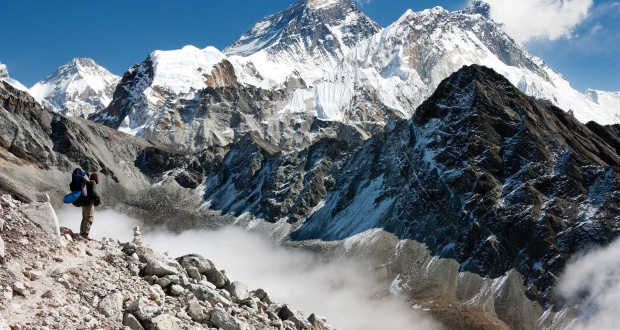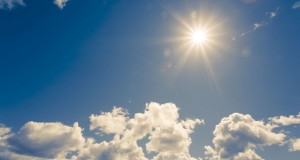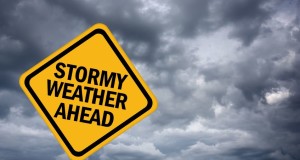In order to better inform you, our reading public, about the many and varied places in our universal environment, we’re compiling lists of the most “-est” places that humanity is aware of. Some may be obvious, some might not be. With your input, suggestions, and questions, this could be a recurring event with more information custom-designed by and for you! Without further ado, THE LIST!
Lowest point on land reached by humans: The SG-3 Borehole on the Kola Peninsula in Northwest Russia reaches 12,262m (40,230 ft) deep. It was reached in 1989 as part of a Soviet attempt to drill as deep as possible into the Earth. As it is a very small hole, you cannot go there.
Lowest point on land where humans can go: The TauTona Mine in Carletonville, South Africa, reaches 3,900m (12,800 ft) deep.
Lowest naturally-formed po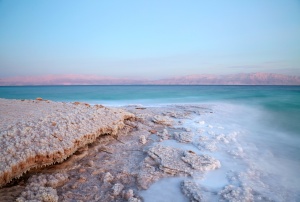 int: I suppose you might be here on Natural Knowledge 24/7 for knowledge involving natural things. Fine. The lowest naturally-formed point of our planet is the center of the Earth. The inner core is an iron-nickel alloy that measures approximately 5,400°C, or 9752°F. That’s about as hot as the sun, however, the metal stays solid due to the compressive pressure of the rest of the planet. Natural Knowledge 24/7 does not recommend or endorse visiting places that hot, despite the fact that you would certainly get your name in more than one history book.
int: I suppose you might be here on Natural Knowledge 24/7 for knowledge involving natural things. Fine. The lowest naturally-formed point of our planet is the center of the Earth. The inner core is an iron-nickel alloy that measures approximately 5,400°C, or 9752°F. That’s about as hot as the sun, however, the metal stays solid due to the compressive pressure of the rest of the planet. Natural Knowledge 24/7 does not recommend or endorse visiting places that hot, despite the fact that you would certainly get your name in more than one history book.
Lowest naturally-formed point where you will not be immolated: The lowest naturally-formed point on Earth’s crust is Challenger Deep, at the bottom of the Mariana Trench, about 189 miles Southwest of Guam. You would be the fourth person to go there, after Jacques Piccard and Lt. Don Walsh in 1960 and James Cameron (yes, that James Cameron: of Terminator, Aliens, Titanic, and Avatar fame) in 2012.
Lowest naturally-formed point where you do not risk being crushed or drowning, maybe somewhere where you can see the sun: So caves are out. A lot of them have water at the bottom anyway. You want the shore of the Dead Sea, at 418m (1,371 ft) under sea level.
Highest natural point: The outer limit of the universe, 46 billion light years in any direction, give or take.
Highest observed point: Galaxy z8_GND_5296, discovered by the Hubble telescope and the Kleck Observatory in Hawaii in October of 2013, is approximately 13.1 billion light years away. It’s located in Ursa Major (The Big Dipper) if you’d like to look in its general direction.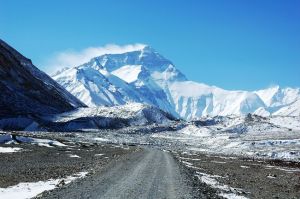
Highest reachable point: Find a habitable planet and go there. Humanity is young, my friends. Might I suggest a planet in Alpha Centauri, our closest neighboring solar system at a mere 4.37 light years away? As a bonus, it’s a binary star system, meaning that if you moved there, you’d get two suns for the price of one!
Highest point on Earth: The summit of Mount Everest at 8,848m (29,029 ft). Many people have been there since Sir Edmund Hillary and Tenzing Norgay went in 1924.
Highest flag: The highest flag is the American Flag aboard Voyager I, just over 19.5 billion km (12.1 billion miles) away from Earth at time of writing. The highest planted flag is the American flag on the moon, a mere 384,400km (238,900 miles) away.
Be sure to like us on Facebook and tell us what other “-est” places or things you’d like to read about!
 Natural Knowledge 24/7 Educate yourself with nutrition, health and fitness knowledge.
Natural Knowledge 24/7 Educate yourself with nutrition, health and fitness knowledge.
